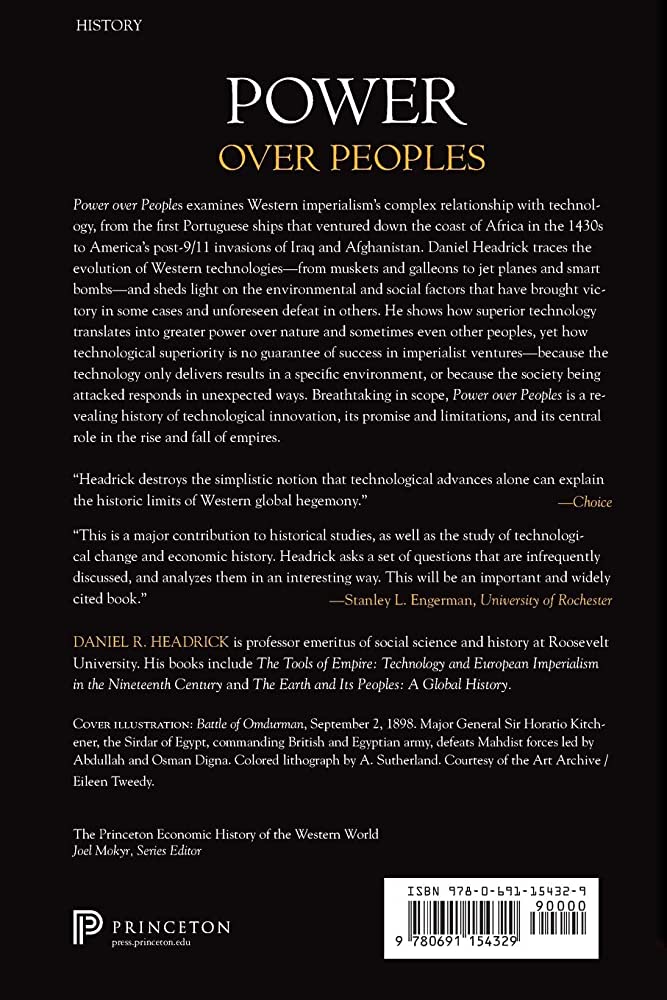This article compares and contrasts the Aztec and Egyptian empires, highlighting their similarities and differences in terms of geography, timeline, politics, religion, culture, and society. The Aztecs were located in Mesoamerica and existed from the 13th to 16th centuries, while the Egyptians were located in Northeastern Africa along the Nile River and lasted from 3100 BC to 30 BC. Both empires were ruled by a divine figure; the god-king for the Aztecs and the pharaohs for the Egyptians. They also shared a complex religion and impressive artistic traditions, but had different approaches to politics and society. Despite their differences, both empires left a rich cultural legacy that still influences us today.
The Aztecs vs. The Egyptians: Analyzing Two Fascinating Empires from Different Continents
Introduction
The Aztec and Egyptian empires were two of the most impressive civilizations in history. Although they existed on different continents and at different times, they shared many similarities and differences, both in terms of their culture and their approach to politics, religion, and power. This article will compare and contrast these two fascinating empires and try to explain what made them so unique.
Geography and Timeline
The Aztecs were a Mesoamerican civilization, located in the valley of Mexico, where they settled in the 13th century. The empire reached its peak in the 15th and early 16th centuries, before it was conquered by the Spanish in 1521. The Egyptians, on the other hand, emerged around 3100 BC and lasted until 30 BC, when they were conquered by the Romans. They were located in Northeastern Africa along the Nile River.
Politics and Power
The Aztecs were ruled by a god-king, who was believed to have been chosen by the gods to lead the people. He had absolute power over the empire and was responsible for building an extensive bureaucracy of officials, governors, and advisors. The Egyptians, on the other hand, were ruled by a pharaoh, who was also believed to have divine power. However, the pharaohs had to rely on powerful nobles to maintain their rule, and the country was often divided and politically unstable.
Religion
The Aztecs were a deeply religious people, and their religion was based on a complex system of gods and rituals. They believed that the sun god, Huitzilopochtli, needed to be fed with human sacrifice to keep him strong and prevent the end of the world. The Egyptians also had a complex religion, but it focused more on the afterlife than the present world. They believed that the soul was immortal and that it needed to be preserved through mummification and rituals. Both civilizations built impressive pyramids and temples to honor their gods.
Culture and Society
The Aztec society was divided into classes, with nobles, priests, and warriors at the top and peasants and slaves at the bottom. They were skilled farmers and traders and had a rich artistic tradition that included sculpture, painting, and poetry. The Egyptians had a similar class system, with pharaohs at the top, followed by nobles, priests, and commoners. They were also skilled farmers and traders, but their artistic tradition was more focused on monumental architecture and sculpture.
Conclusion
Despite their differences, the Aztecs and Egyptians were two of the most impressive empires in history, whose legacy still influences us today. They left behind a rich cultural and artistic heritage, as well as an impressive legacy of political power and religious belief. By studying these two fascinating civilizations, we can gain a better understanding of the complexity and diversity of human history.
